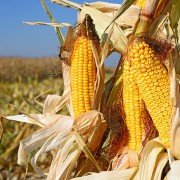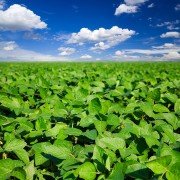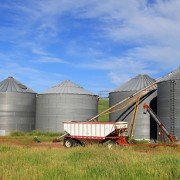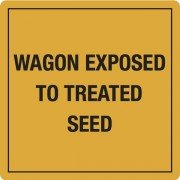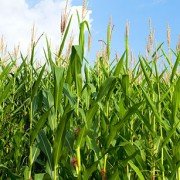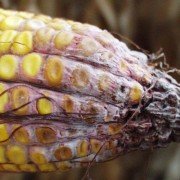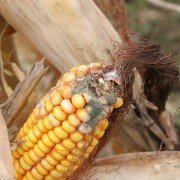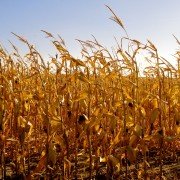Estimating Corn Yield
Early corn yield estimations are a great way to get out into your field and start to predict the yield of different varieties given the growing season. It allows a grower to start making harvest decisions, marketing decisions, and to estimate needed storage capacity.
How many spots should I sample from?
Generally doing a kernel count every 10-15 acres is recommended. For soils that are extremely variable, doing a kernel count every 5-10 acres would be beneficial. Select random spots in the field when walking through as you are trying to get the best representation of the field.

